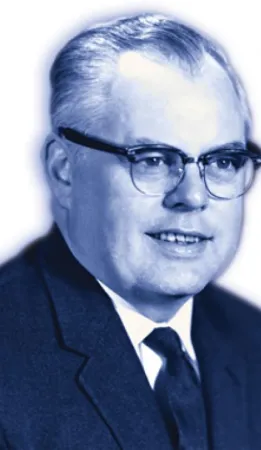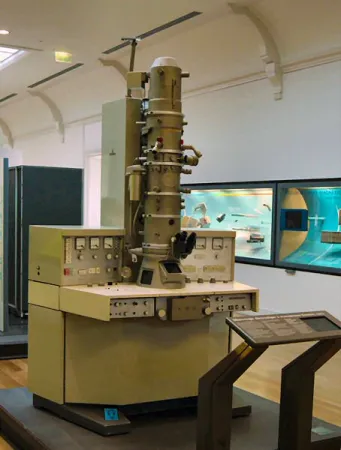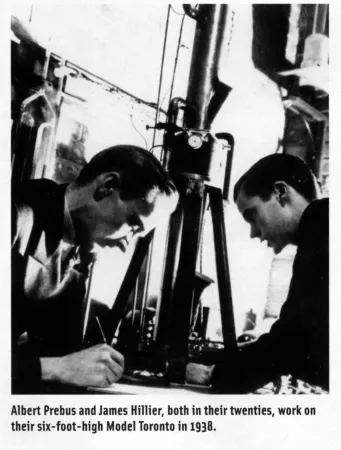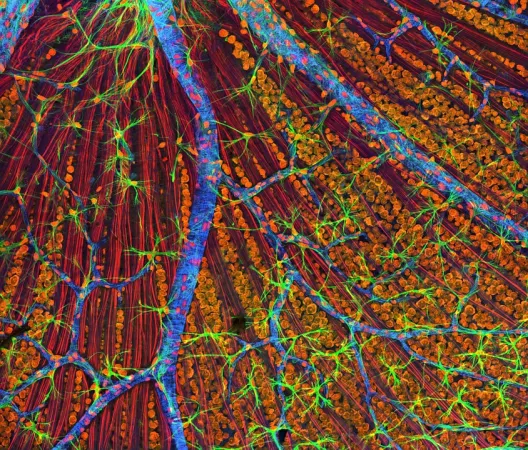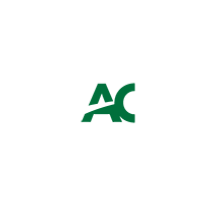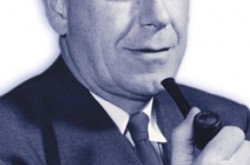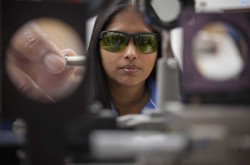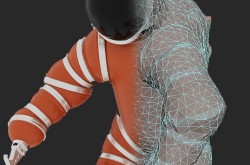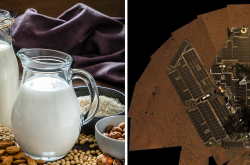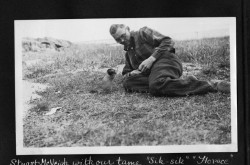Electrons are a scientist’s best friend
This article was originally written and submitted as part of a Canada 150 Project, the Innovation Storybook, to crowdsource stories of Canadian innovation with partners across Canada. The content has since been migrated to Ingenium’s Channel, a digital hub featuring curated content related to science, technology and innovation.
Molly Gatt
Algonquin College Journalism Program
Most Canadians have looked through a light microscope in their high school science class. They got to magnify particles on plates that were invisible to the naked eye. But those microscopes have limits. Light rays only magnify up to 2,000 times. Today, electron microscopes allow two million times of magnification because electron waves are shorter, leading to higher enhancement and resolution.
The first practical electron microscope came about thanks to James Hillier. With the help of his graduate studies colleague, Albert Prebus, Hillier built the microscope at the University of Toronto in 1938. It had a magnification of 7,000 times.
After finishing his PhD in physics, Hillier brought the design to Radio Corporation of America in New Jersey. There his model would become the prototype for new models of electron microscopes. By 1950 the RCA released one that was portable, affordable and usable by college students and hospital workers. It only required an hour of training to use.
Hillier had a long and successful career with RCA, inventing upgrades to his microscope as well as other projects – 40 patents in all.
After he retired, Hillier set up scholarships, which he awarded to promising science students in his hometown of Brantford, Ontario. He said that if he had not received scholarships himself, it is unlikely that he would have been able to pursue a higher education.
Hillier was inducted into the Canadian Science and Engineering Hall of Fame in 2002.



